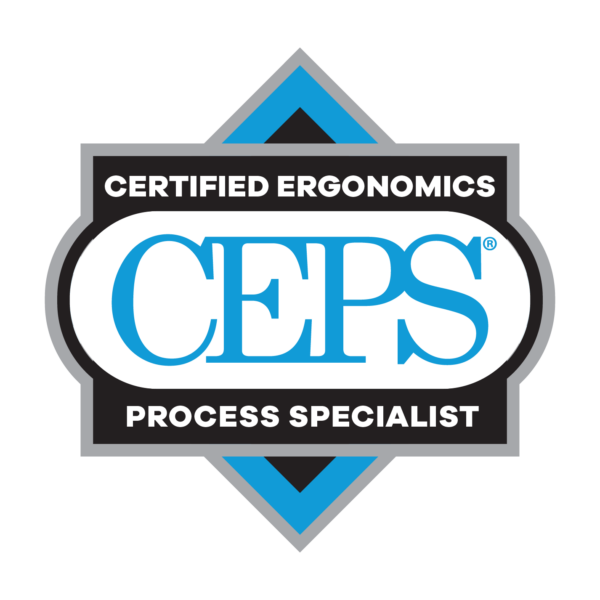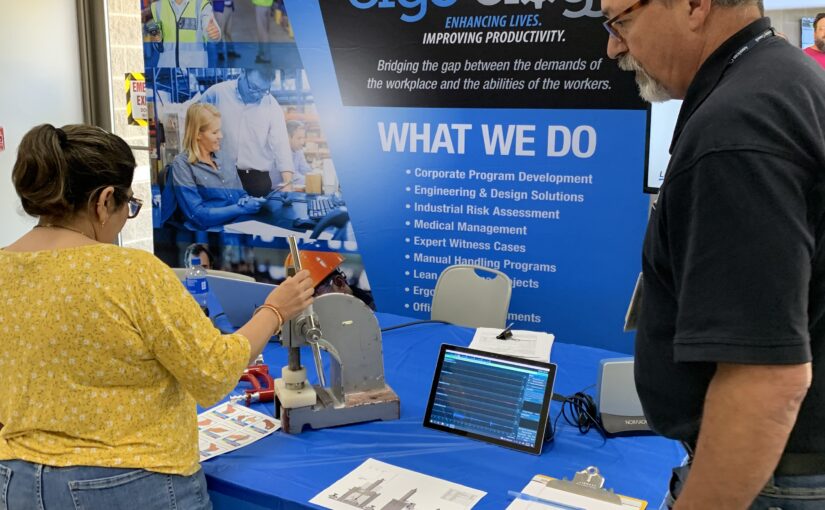In our prior article, we discussed ‘strains’ which refer to breakdown of our muscle & tendon soft tissues being the #1 cause of decreased physical performance or injury in both sport and industrial ‘athletes’. Knowing this, we pointed out the increased value strength coaches and industrial health professionals by to gearing training to optimize the performance of the tendon component’s interaction with its muscle. In this article, we will further define how movement is created and the interaction of the two components together.
Muscles do not contract in isolation; rather, movement occurs when muscles connected to tendons generate and then transmit contractile forces. Crucially, the muscles and tendons interact, with the elastic properties of the tendons contributing both to the type and quality of movement. In almost all movements, when the muscle contracts, the tendon will lengthen before it shortens, independent of any change in muscle length. This property of ‘recoil’ enables elastic energy to be stored and released, thereby increasing the efficiency of the muscular contraction. So movement is a combination of two factors within the muscle- tendon complex; muscle forces transmitted through the tendon to the joint & elastic energy recoil of the tendon.
In the next article from our Industrial Athlete series, we will discuss the biological components tendons and importance of tendon stiffness / compliance for specific performance tasks. Stay tuned.

Yamaha leaned into Ergo-ology’s ELP® (ergonomics leadership program) at the start of 2022 with hopes of engaging employees, developing a Read more

We are pleased to announce the United States of America has granted Ergo-ology permissions to certify in #ergonomics with the Read more

Employees complete tasks, many of which require physical labor, every day. These actions range from sitting in a chair to Read more